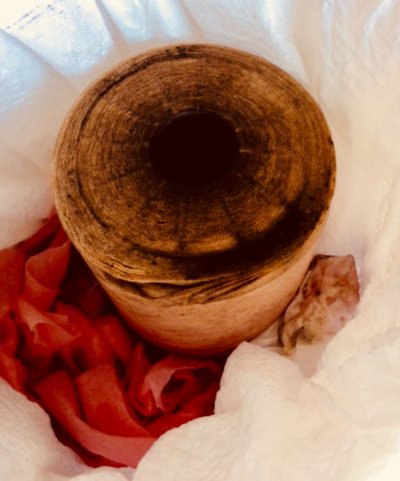Arthurc
Guru
My fuel polishing system is on my Day tank (800g) and I haven’t really used it yet, although when I bought the boat I had the tanks cleaned, inspected and all the fuel fully polished, plus added a bunch new.
So my question is how often and when do you run your polishing system?
Thanks
AC
So my question is how often and when do you run your polishing system?
Thanks
AC


